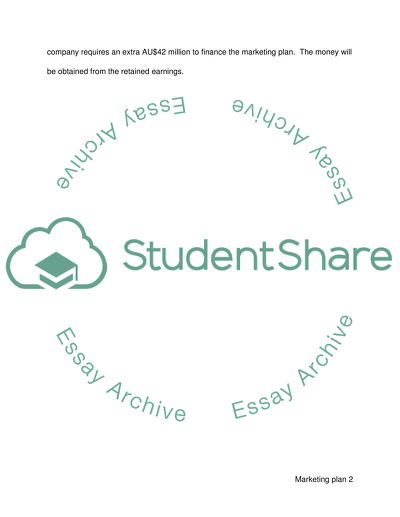Cite this document
(“Coca Cola Case Study Example | Topics and Well Written Essays - 5000 words”, n.d.)
Retrieved de https://studentshare.org/other/1428701-coca-cola
Retrieved de https://studentshare.org/other/1428701-coca-cola
(Coca Cola Case Study Example | Topics and Well Written Essays - 5000 Words)
https://studentshare.org/other/1428701-coca-cola.
https://studentshare.org/other/1428701-coca-cola.
“Coca Cola Case Study Example | Topics and Well Written Essays - 5000 Words”, n.d. https://studentshare.org/other/1428701-coca-cola.


